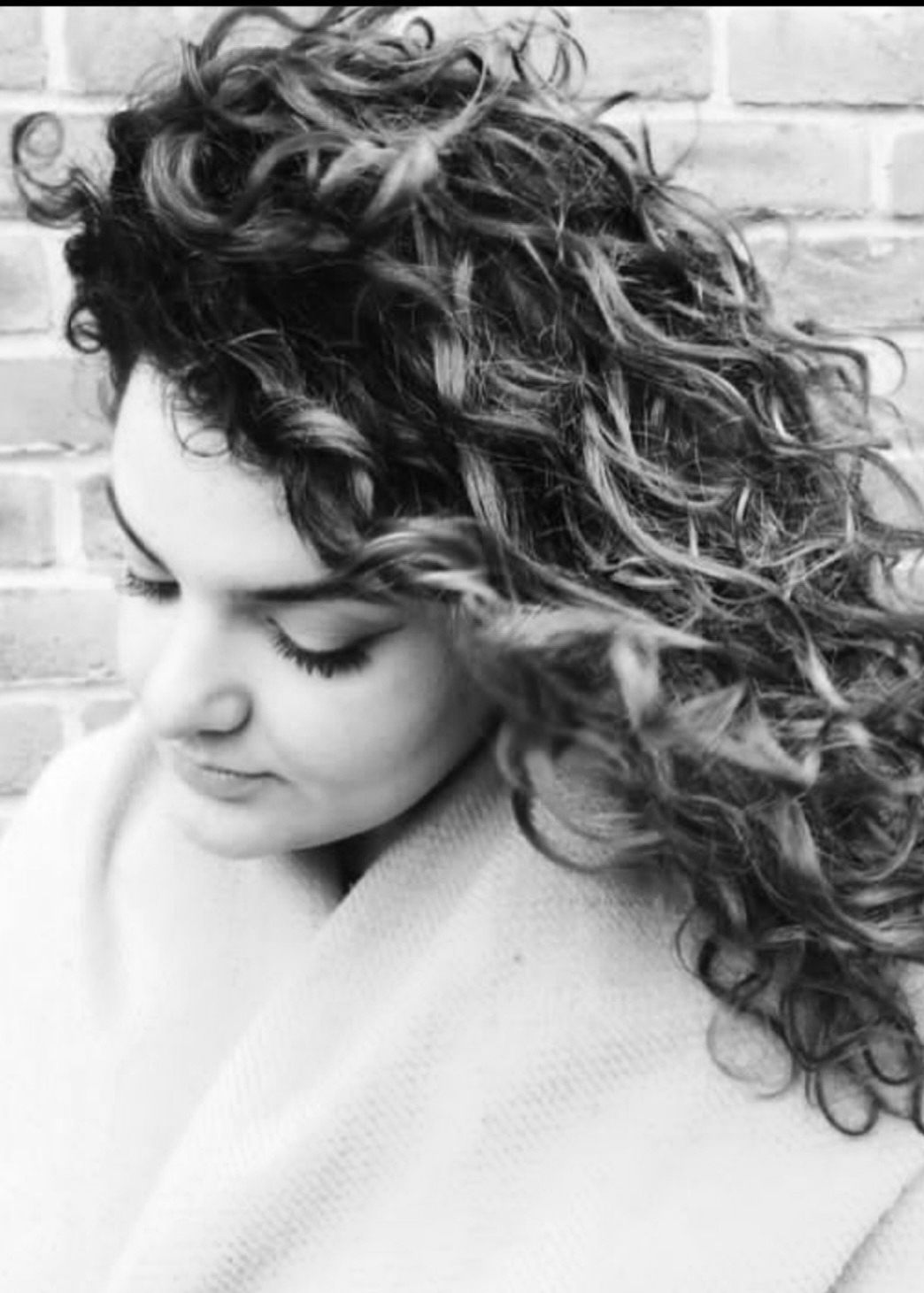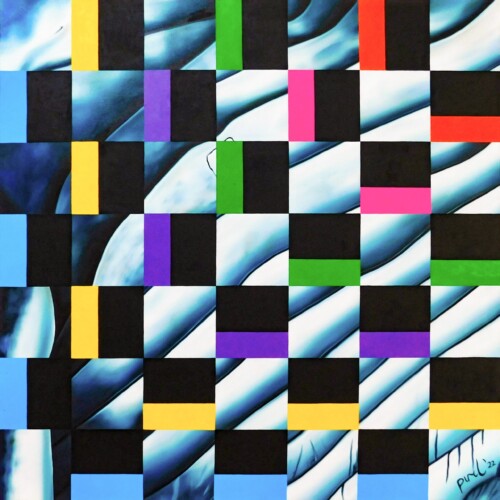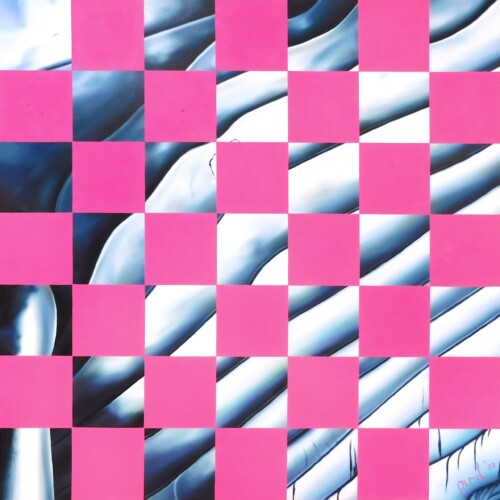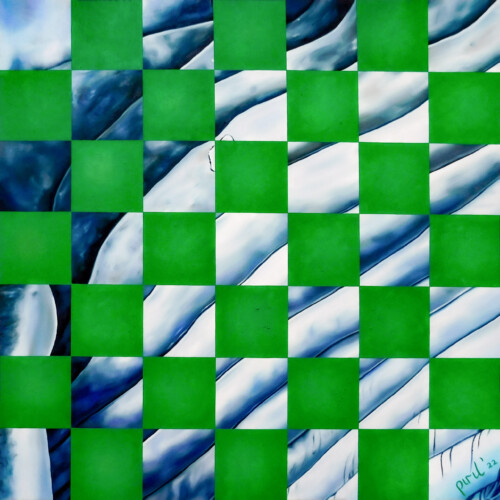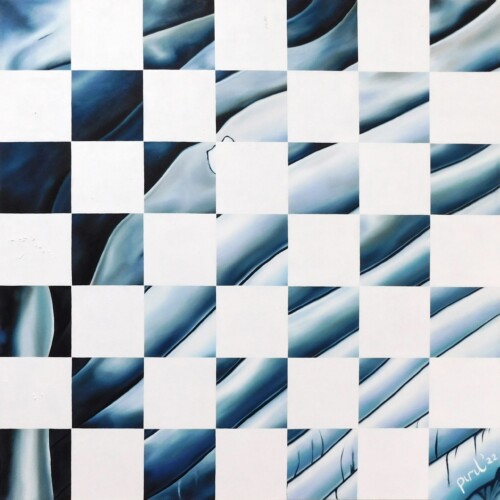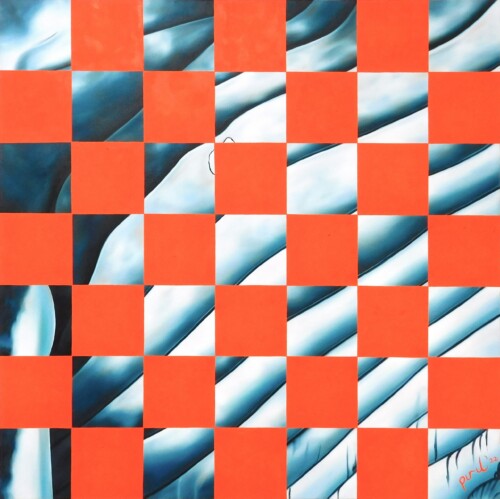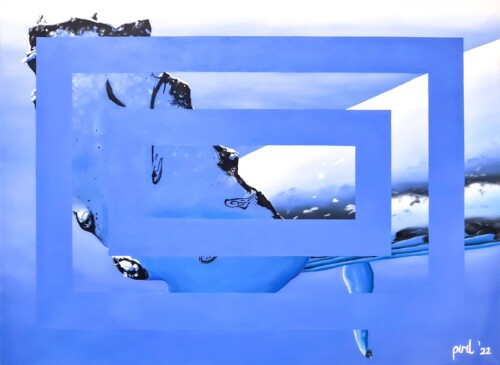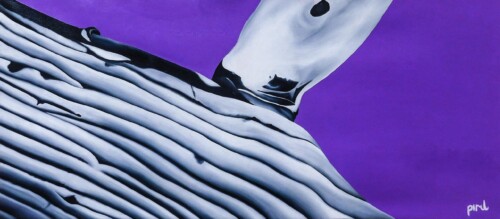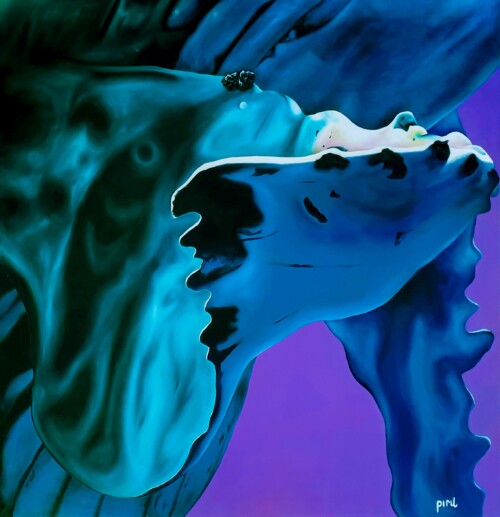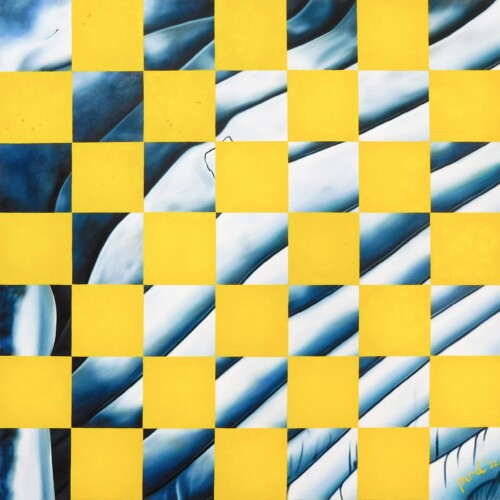BIOGRAPHY
After completing her studies in arts in the UK, Pırıl returned back to her home island as an emerging Cypriot artist to put her efforts and contribute to cultivate the artistic scene and boost intercommunal cultural work in Cyprus. Torgut’s main focus has been to evoke togetherness of the two communities living in the currently divided island through art conversations. She planted its seeds during a residency at a local non-profit organization where she was truly committed to combining her artistic practice with such activist work. Continued research and observations within this topic of cultural artistic identity have led into an array of artistic disciplines including large-scale oil painting, paper weaving, printmaking and glass mosaic.
CV
EDUCATION
2017-2019 Master’s in Fine Art, Reading School of Art, University of Reading, U.K.
2013-2017 Bachelor’s in Art, Reading School of Art, University of Reading, U.K.
SELECTED PROJECTS and WORKSHOPS
• September-November 2022 – Creativity Pioneer, Creativity For Social Change, Moleskine Foundation.
• 2021-2022 – ‘People Who Dream of Peace and Connection’, The Inside Out Project, Cyprus Team.
• April 14th, 2022 – Panelist on Inter-Generational Creative Art Voices From Across the Divide, Networking Forum, Facilitated by UNFICYP Civil Affairs Section.
• February-April 2022 – The Singing Tree Cyprus, bicommunal project.
• Book Interviewee at; Yapicioglu, Balkiz, and Konstantinos Lalenis, eds. Boundaries and Restricted Places: The Immured Space, Pages 240-249. Cheltenham, United Kingdom: Edward Elgar Publishing Ltd, 2022.
• October-December 2020 – Presence? Conflict? Transformation, Cyprus, Sri Lanka and South Africa: Online Artist Exchange and Residency.
• March 2020 – Guest Speaker on Online Podcast, Visual Voices with Pırıl Torgut, by World Beyond War,.
• November 2019 – February 2020 – Resident Artist at Falling Walls – Looking Through Conflict Narratives in Cyprus, Visual Voices residency program, Nicosia Cyprus.
• December 15th, 2019 – Project Supervisor, Workshop on Painting with Marble Balls for Kids, Yuka Blend Market Arabahmet, Nicosia Cyprus.
• September, 2018 – Muralist,Yuka Blend Street Festival, International Collaboration, Nicosia, Cyprus.
EXHIBITIONS
• June 2nd – September 17th, 2023 – ‘Can creativity change the world?’ in conversation with Civilization- The Way We Live Now, Saatchi Gallery, London, United Kingdom.
• May 3rd – August 6th, 2023 – JR: Chronicles, Lotte Museum of Art, Seoul, South Korea.
• November 18th 2022 – ‘It’s Like Us’; Can creativity change the world?, Moleskine Foundation, Base, Milan, Italy.
• February 20th – March 23rd, 2020 – Living Between Present and Past, Saçaklı Ev, Nicosia, Cyprus.
• June 7th – 16th, 2019 – Final Degree Show, Reading School of Art, University of Reading.
• February 27th – 29th, 2019 – Seven, Reading School of Art, University of Reading.
• November 11th – 16th, 2018 – Presence of Absence, Reading School of Art, University of Reading.
• September 10th – 16th, 2018 – Yuka Blend Street Festival 2018, Walled City Nicosia Cyprus.
• June 5th – 11th, 2018 – A + E, Degree Show, Reading School of Art, University of Reading.
• February 19th, 2018 – 23rd of February 2018 – Untitled, Reading School of Art, University of Reading, MFA Gallery.
• November 6th – 10th, 2017 – Untitled, Reading School of Art, University of Reading, MFA Gallery.
• June 2nd – 11th, 2017 – Condensed Milk, Degree Show, Reading School of Art, University of Reading.
• February 6th, 2017 – Attack of the 50ft Womb-Man!, Reading School of Art, University of Reading.
• November 28th, 2016 – U O.K. Hun?, Reading School of Art, University of Reading.
• May 6th, 2016 – The Lotus and The Pussy, Reading School of Art, University of Reading.
• February 23rd, 2016 – The Good The Bad and The Lonely, Reading School of Art, University of Reading.
• November 19th, 2016 – Something a Little Less Lonely, Reading School of Art, University of Reading.
STATEMENT
Continued research and observations within the topic of cultural artistic identity have led into an array of artistic disciplines including large-scale oil painting, paper weaving, printmaking and glass mosaic. I regularly use paper weaving to plan paintings. These weaves reflect, and sometimes contrast, the nature of the painting produced; more fully capture my thoughts and the process in which I plan a piece. Heavy-mass and solid paintings versus light-biomorphic paper weaves leads to an expansion of physical exploration that can provide confidence and inner-peace within my practice.
In the paintings I produce, having impasto in parts is crucial. Consistency of paint and materiality of work connects my frequent subject matter – humpback whales – to its organic form: a thick ragged skin on plain open background and surroundings. These thick surfaces are also a way of communicating between the predecessor and the current painting, as the successor work inherits its unique texture through dried paint skins from the previous work’s paint palette. This recycling practice has been a tradition within my practice constructing a hidden conversation amongst my paintings.
Humpback whales have an imposing physicality in my work and assert an embodied reality beyond the metaphorical. The abstract-realist paintings I produce often carry vibrant colours that are unusual for certain marine scenarios yet relatable to observers’ contemporary artistic mood. Perception of colour has been a key element of question in my most recent work. A very familiar subject – whale – becomes an object within my experimentation with colour and how we receive it through numerous combinations of geometric proportions. Before commencing a painting, I weave the chosen whale image with coloured card stocks to plan the piece. By introducing different coloured paper weaves for a single subject, I indulge experimenting with variety of colour combinations and tonal values. Through this, I perceive different tones of the subject’s colours; with warm paper shades the subject is grey toned, while with cool shades it is more blue toned. This realization is key in overcoming uncertainty and reach inner peace in my production.
Paper weaving has evolved within my practice from preparatory process into additional geometric and abstract forms; now companions to my whales in my paintings. These shapes have allowed me to expand the perspective from my usual marine figures to using these marine creatures as a comfortable subject matter accompanied by geometric forms. Thus, this co-existence within my paintings creates an optical tease for the viewer across the canvas.
As my journey continues, I feel passionate to adopt this physicality into my paintings by slicing the painted canvas into sections in order to manually weave in with cloth. My thinking is to minimize the bold presence of the perfectly constructed geometrical shapes and add the unpredictable movement of the sea into stiff canvasses as I long for the viewer to physically experience the weave. Evolving this idea through vivid discussions with other artists to gather broader feeling perspective of the ocean’s movement excites me.
